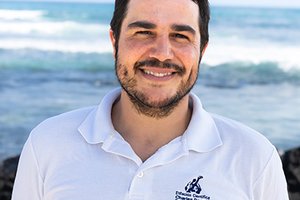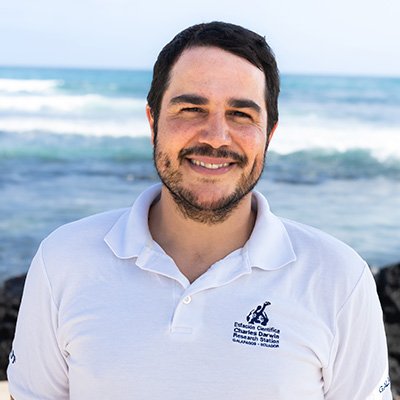Migration of pregnant hammerhead shark between Galapagos and Isla del Coco documented from space in real-time
For the first time, scientists have documented in near real-time details of the migration of a critically endangered pregnant scalloped hammerhead shark (Sphyrna lewini) from the Galapagos Islands in Ecuador to Isla del Coco in Costa Rica, located over 700 km away.
In an international collaboration, researchers from the Charles Darwin Foundation’s shark ecology project, the Galapagos National Park Directorate (GNPD), Save Our Seas Foundation Shark Research Center and Guy Harvey Research Institute at Nova Southeastern University (USA) are studying the migrations and population genetics of the world’s most famous and largest scalloped hammerhead shark aggregation.
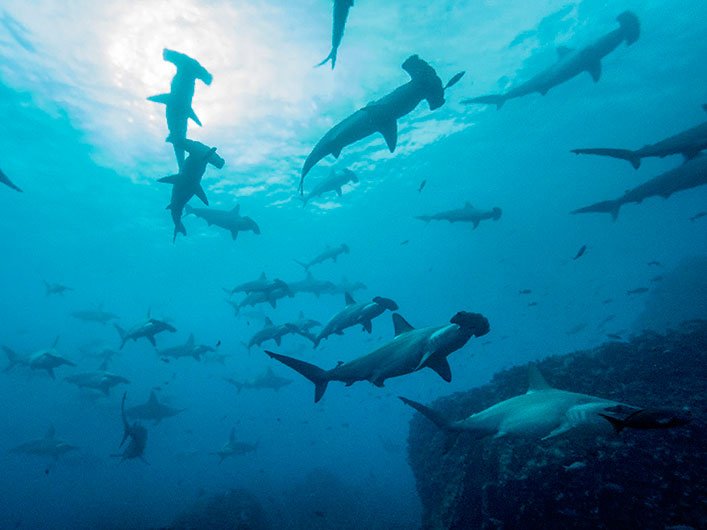
Cassiopeia, a 2.5 m long, pregnant scalloped hammerhead shark was tagged on February 2021 during a two-week research expedition to Darwin Island, the northernmost island of the Galapagos archipelago and seasonal home to this iconic hammerhead shark aggregation. During this first expedition since the start of the COVID-19 pandemic, 13 towed satellite tags were deployed to investigate for the second year in a row the migratory routes pregnant hammerheads undertake to nursery areas located in mangrove bays on the continental shores of central and south America.
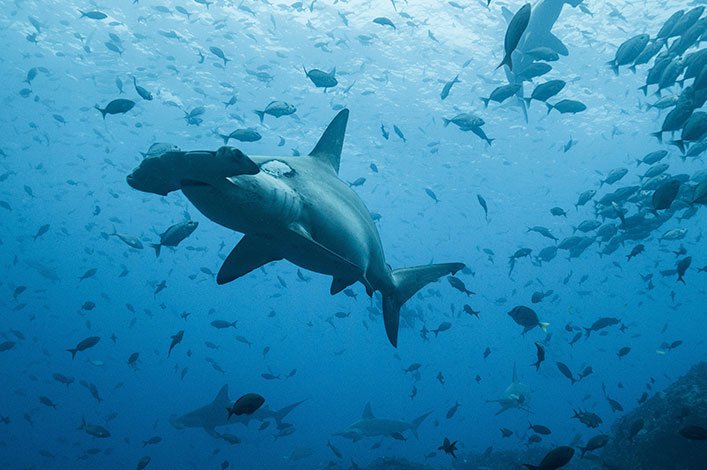
Satellite tracking data revealed that after travelling north of Darwin Island for about 10 days, Cassiopeia started swimming eastwards, until reaching the waters around Isla del Coco. She covered around 700 km (390 nm) in just under 14 days, travelling an approximate of 50 km per day (28 nm). While previous studies have documented inter-island movements of hammerheads using passive acoustic tags, these “presence or absence” detection tags do not reveal the precise pathways the sharks take to get from one place to another. The innovative use of towed satellite transmitters is allowing researchers to document for the first time the exact route and timing of this epic regional migration.
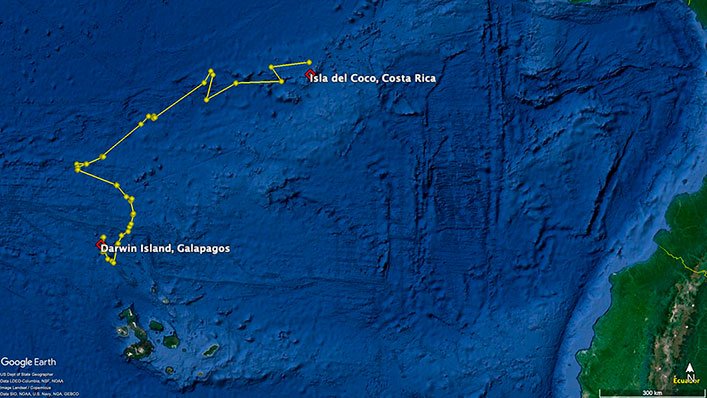
“Better understanding the annual reproductive migrations of pregnant hammerhead sharks is vital to inform an urgently needed regional conservation approach aimed at reverting ongoing population declines across the Tropical Eastern Pacific,” comments Dr. Pelayo Salinas de León, Senior Marine Scientist at the Charles Darwin Foundation and Save Our Seas Foundation Conservation Fellow. “Cassiopeia’s journey is not over yet: from Isla del Coco she still has to travel another 700 km or so to reach the continental coast where she will give birth to her babies within mangrove bays. Just imagine being 9 months pregnant of 20-30 baby sharks, and having to swim over 1,500 km, dodging thousands of fishing hooks and nets along the way… and then swim back! If we want to save the scalloped hammerhead shark from extinction, we really need to protect these superhero mums as they migrate across the region," adds Salinas-de-León.
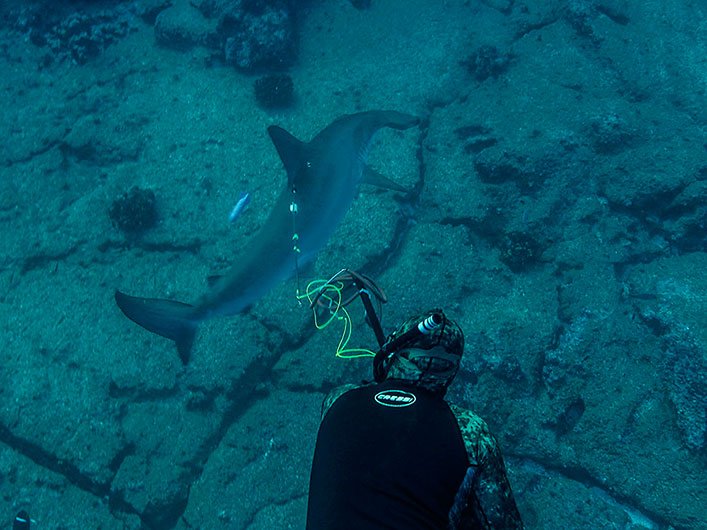
“There is no more important group to protect than these pregnant females as they try to run the gauntlet of often illegal and unregulated fishing activity between the Galapagos and their birthing sites along the mainland. The data being collected in this study will be key for establishing a flexible management system that provides this protection at precisely the right places and times,” says Prof. Mahmood Shivji, director of the Guy Harvey Research Institute and Save Our Seas Foundation Shark Research Center at Nova Southeastern University.
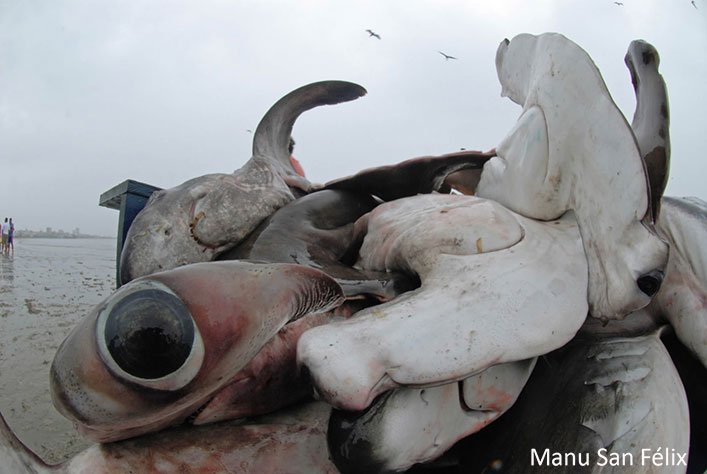
The scalloped hammerhead was enlisted in 2019 as critically endangered in the Red List of Threatened Species issued by the International Union for Conservation of Nature (IUCN), based on estimated global populations decline of >80% over three generation lengths (72.3 years).
This ongoing research was possible thanks to the generous support of the Gordon and Betty Moore Foundation, the Save Our Seas Foundation, Guy Harvey Ocean Foundation, Roller Coaster Road Productions, Mark Rohr and Mark Qi Wong.





